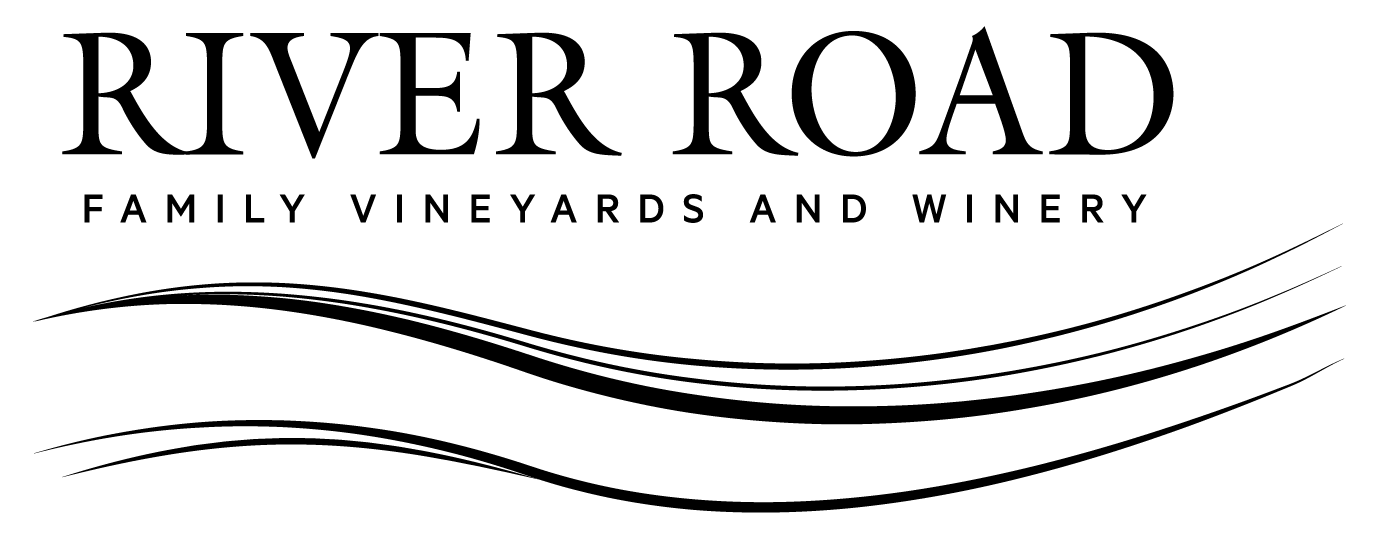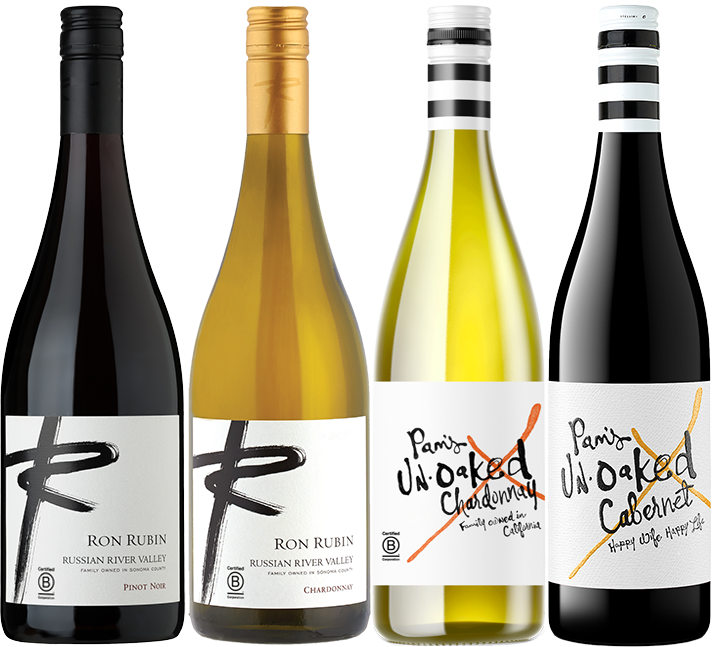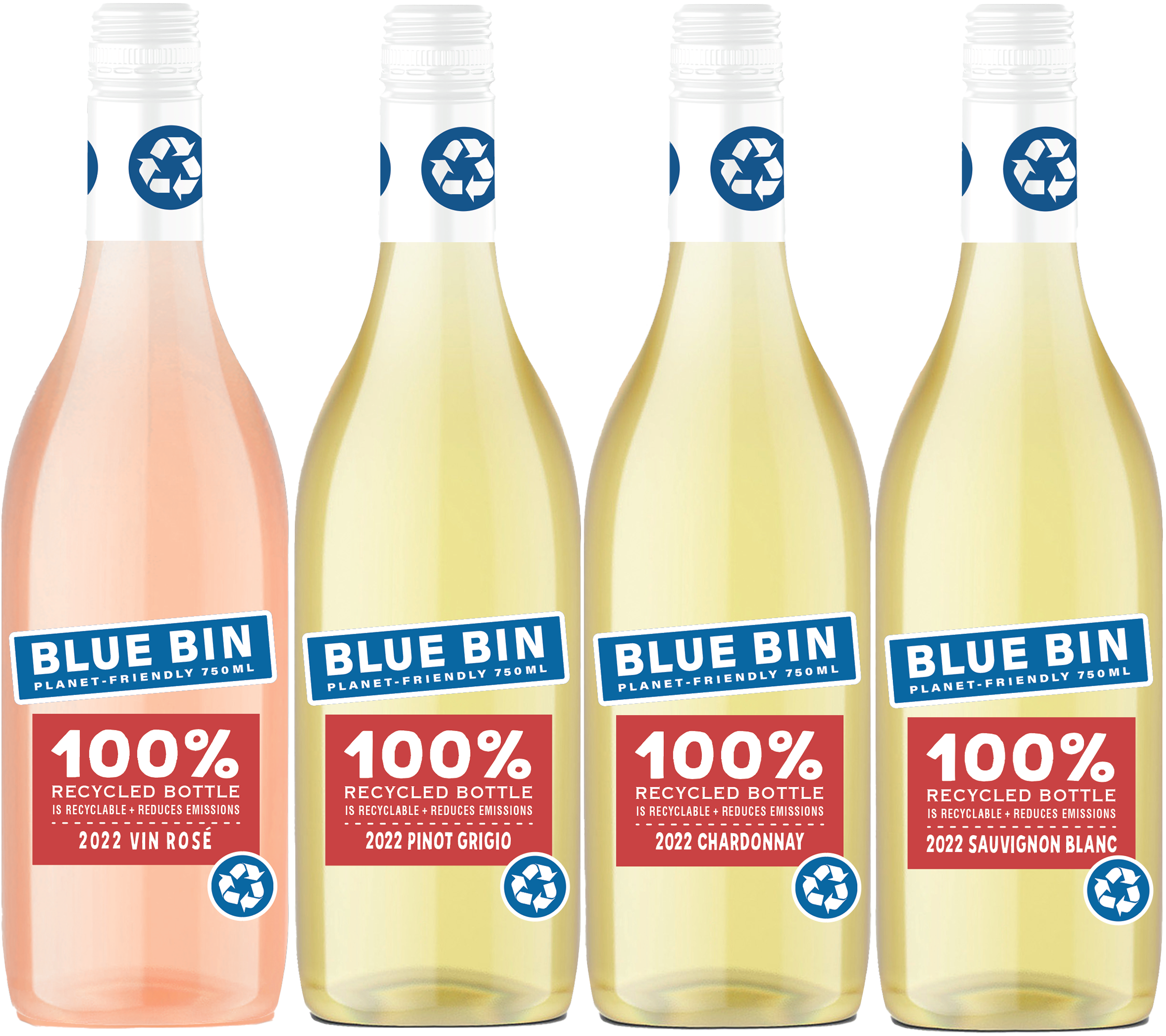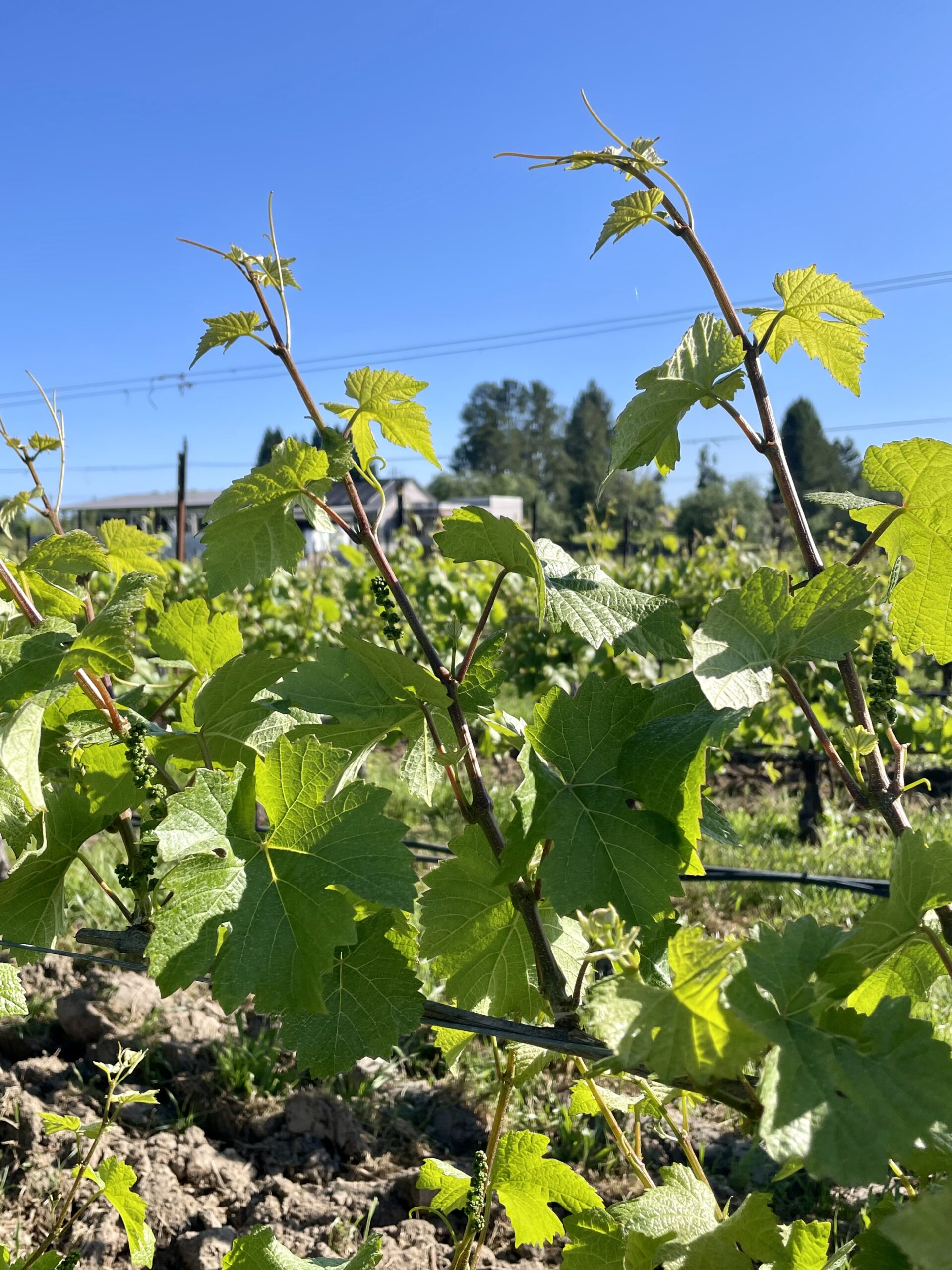Vineyard Update
April is often one of the most demanding months for vineyard management here in Sonoma County, with weather patterns that can swing from spring showers to early morning frost events. Fortunately, this season has been very much like last year and was notably mild. Temperatures remained within seasonal norms, and we experienced no significant weather events. From a vineyard operations standpoint, this allowed for a more streamlined approach to frost mitigation. We only needed to activate our frost protection system on four nights, the exact number of times as last year! For perspective: in 2022, we ran the system 19 times, with the final night being May 12th. In 2023, we logged 11 frost nights, concluding on April 20th. This year and last year our final frost event occurred much earlier, on April 8th in 2024 and April 4th this year.
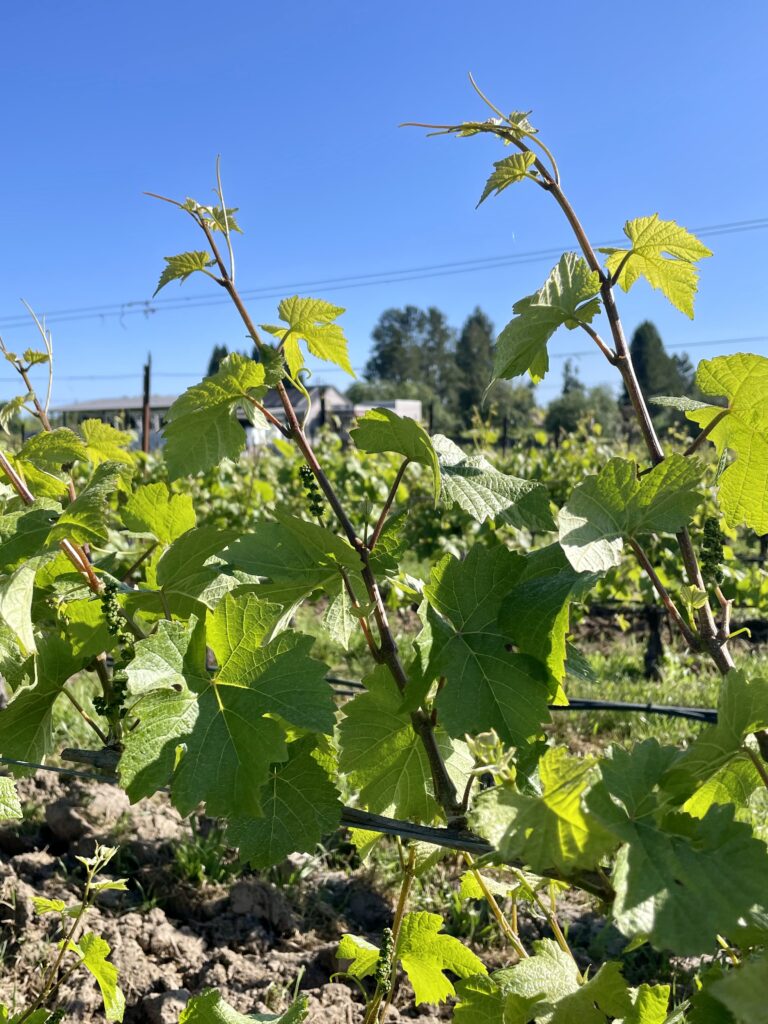 This is a picture of a young Pinot Noir vine on April 29th, 2024.
This is a picture of a young Pinot Noir vine on April 29th, 2024.
This early conclusion of cold temperatures is signaling a strong start to the season. Adding to the positive outlook, the region has enjoyed an above-average rainy season. Soil profiles are currently well-saturated, providing ideal conditions for early vine growth and root development. We’re already observing healthy, accelerated shoot emergence—a promising indicator for the weeks ahead.
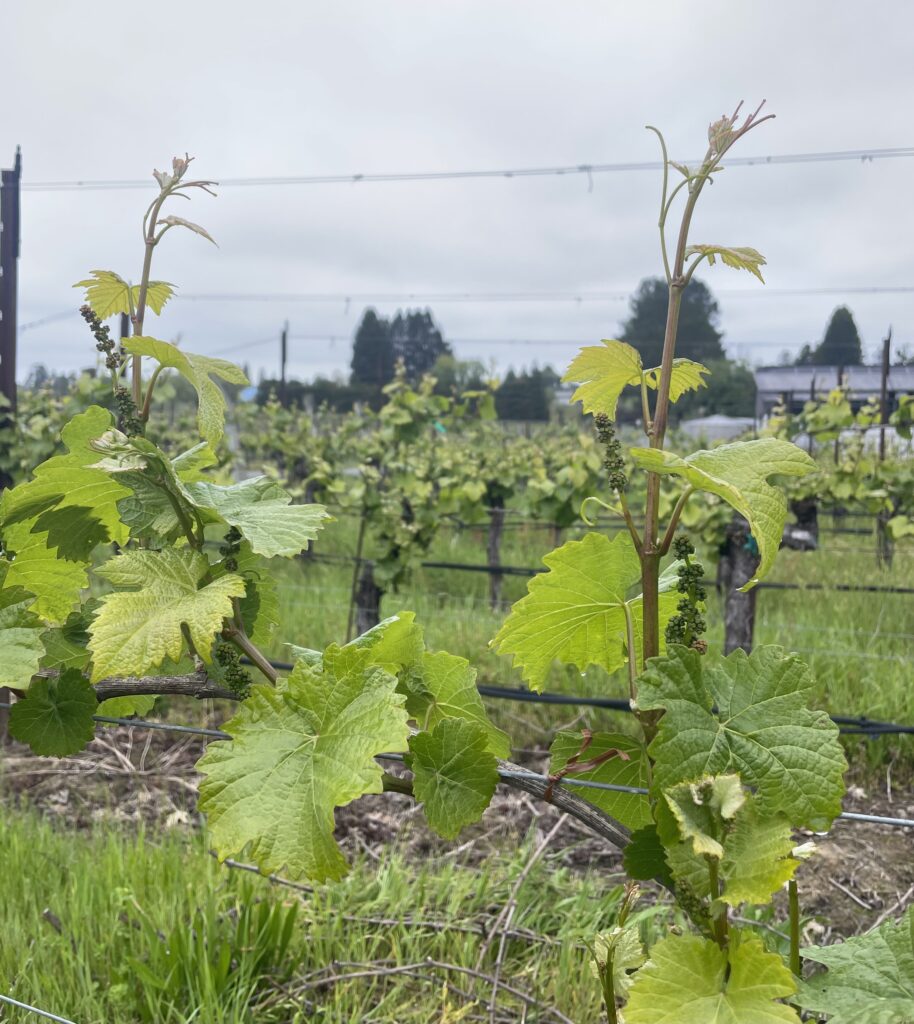 This is a picture of a young Pinot Noir vine on April 24th, 2025. The shoot lengths are extremely consistent compared with last year!
This is a picture of a young Pinot Noir vine on April 24th, 2025. The shoot lengths are extremely consistent compared with last year!
Ground Cover Management
As we move further into the growing season, our focus extends beyond the vines themselves to the soil that sustains them. One of the key strategies we employ to maintain long-term vineyard health is cover cropping — a time-tested and increasingly vital component of sustainable viticulture. Cover crops, often a mix of grasses and legumes, are planted between vine rows either during the dormant season or interspersed with active vine growth. Far from being just a green carpet, these plantings serve several critical functions within the vineyard ecosystem. First and foremost, they play a pivotal role in soil conservation. By reducing erosion from wind and water and minimizing surface compaction, cover crops help preserve the structure and integrity of our vineyard soils.
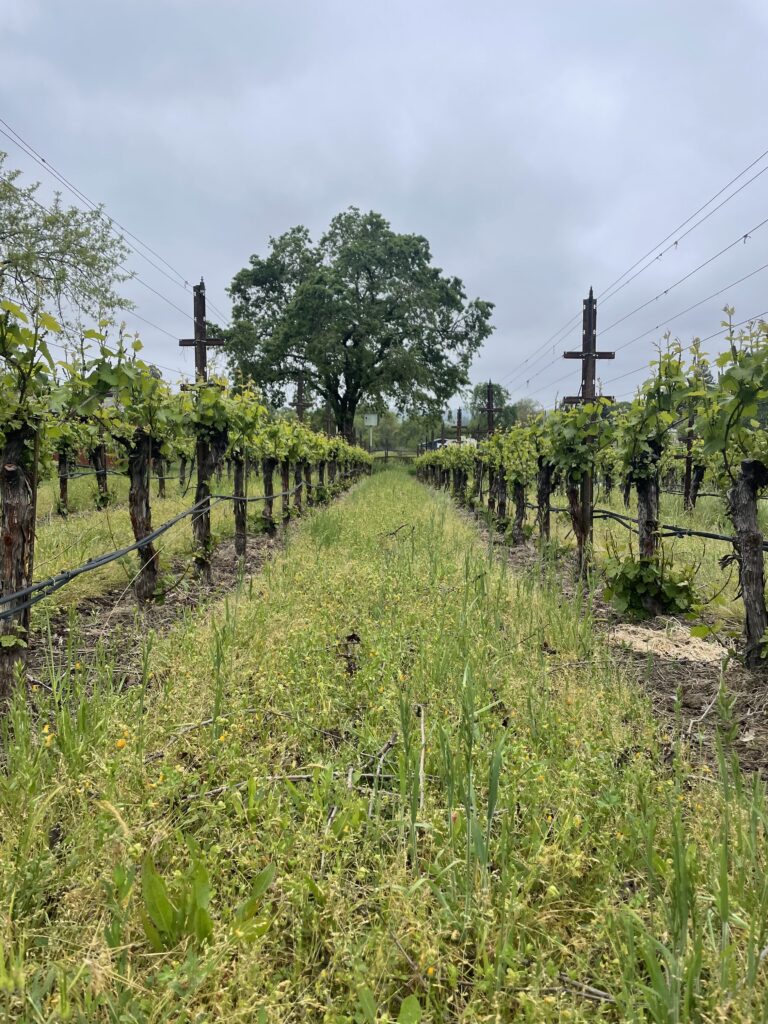 Healthy cover crop growing between Pinot Noir vines.
Healthy cover crop growing between Pinot Noir vines.
They also enhance moisture retention—an essential factor during dry spells—and improve overall water use efficiency. From a nutrient standpoint, legumes in our cover crop mixes fix atmospheric nitrogen, enriching the soil organically and reducing our need for synthetic fertilizers. This not only lowers input costs over time but also aligns with our commitment to environmentally sound farming practices. Beyond the soil, cover crops support a more resilient vineyard ecosystem. They provide habitat for beneficial insects and soil microorganisms that contribute to natural pest and disease control. This biological balance reduces the pressure for chemical interventions and enhances biodiversity throughout the vineyard. Ultimately, cover cropping is more than a seasonal task—it’s a cornerstone of our long-term sustainability strategy. By investing in soil health and ecological resilience, we’re building a vineyard that can thrive through both seasonal shifts and long-term climate challenges.
On behalf of the entire team here at River Road Family Vineyards and Winery, we wish you all continued good health!

